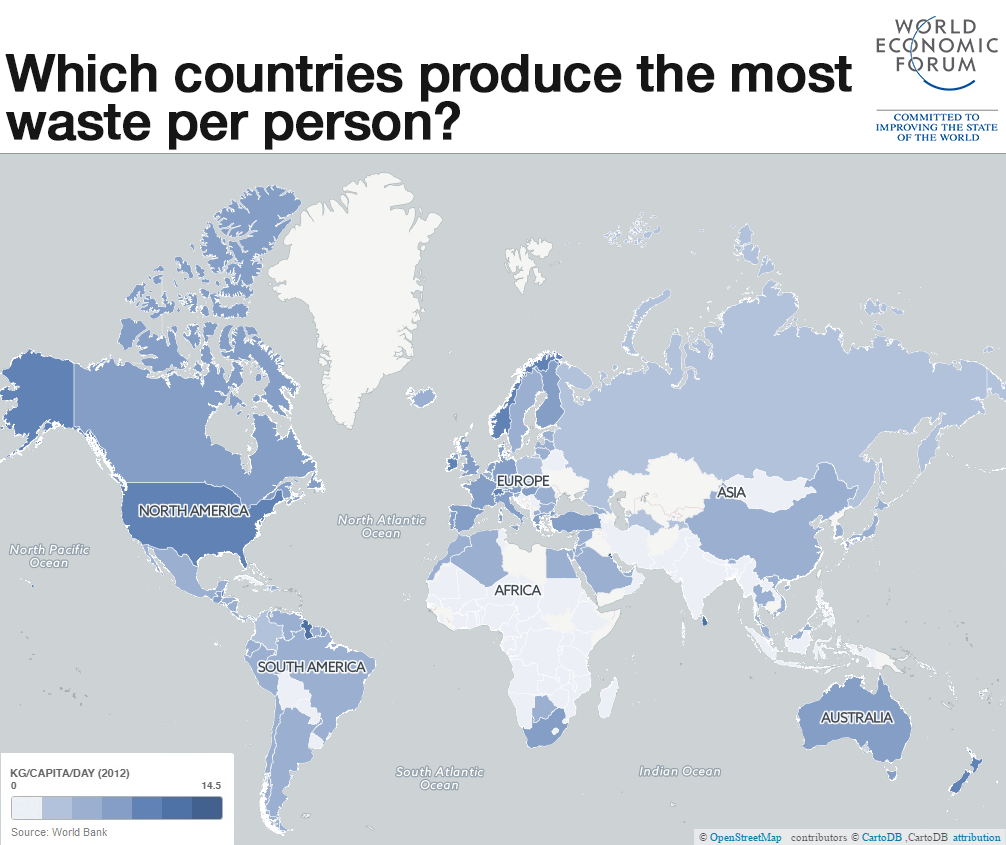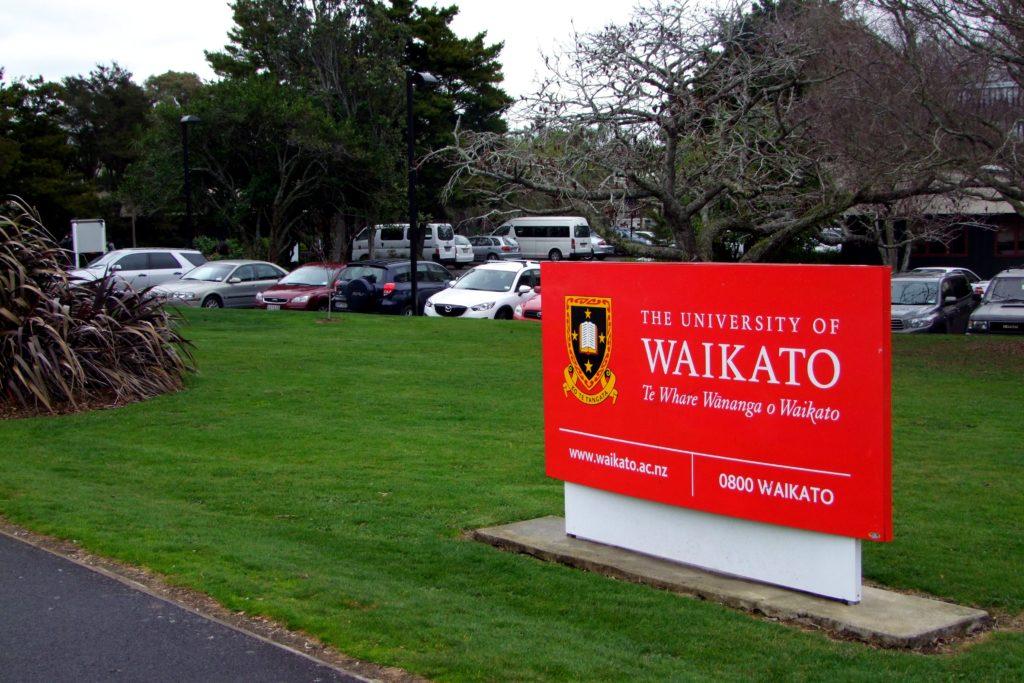 Researchers and students under New Zealand-based Waikato University’s Materials Science professor Kim Pickering have successfully demonstrated the utilization of waste material in creating plastic-based objects with 3D printing technology. By transforming waste material into a plastic filament, Pickering and her team’s innovative method could be used to create a variety of high-demand products such as cars, furniture, and more.
Researchers and students under New Zealand-based Waikato University’s Materials Science professor Kim Pickering have successfully demonstrated the utilization of waste material in creating plastic-based objects with 3D printing technology. By transforming waste material into a plastic filament, Pickering and her team’s innovative method could be used to create a variety of high-demand products such as cars, furniture, and more.
Previously, 3DPrint.com reported the accomplishment of Shanghai-based engineering company WinSun, which gained international attraction for its commercial multi-story villas that have been constructed entirely with 3D printing technology. More importantly, WinSun utilized a similar method to the one with which Pickering and her team are experimenting, by using waste material as the basis for 3D printing filaments.
While WinSun’s waste material-based 3D printing technique was custom-designed for construction purposes, researchers at Waikato University discovered a way to integrate fused deposition modeling (FDM) technology as the core component of its waste material-based 3D printing method, enhancing its applicability to a wide range of industries. If Professor Pickering and her team’s unique 3D printing method can be integrated as the core part of global manufacturing standards, it could substantially decrease the level of waste production in countries like China and the US.
According to the World Economic Forum, the United States recorded 2.58kg in average daily waste production per capita, which went far beyond the global average of 1.2kg.
For the waste material-based 3D printing method of Pickering and her researchers to have a significant impact on waste production, it must be implemented on a global scale. While the 3D printing market is still considered a niche industry, Pickering believes that soon, each household will be in possession of a 3D printer.
“There is a vision that every home will one day have a 3D printer,” said Pickering. “I’m not sure if it will go that far but, certainly, the advantage of FDM is it’s affordable and you can put the machines together yourself.”
One of the most interesting aspects of Pickering and her team’s project is the fact that Hamilton City Council and Waikato Regional Council funded the project as it began to receive optimistic feedback from the commercial sector.
“What’s also been really important is the feedback we’ve been getting from the commercial sector about customer demand because obviously it’s better to be market pulled rather than market pushed,” Pickering added.
She further emphasized that the FDM technology-based 3D printing method created by her team can provide an unprecedented level of sustainability to households.
Quite often, individuals and companies demonstrate the tendency to dispose of and discard any objects or items that have missing components, as it is difficult and time consuming to acquire certain parts.With FDM technology, anyone can simply use a 3D printer and scanning software to produce materials and missing components at ease, without having to obtain in-depth knowledge in 3D printing, manufacturing and additive manufacturing.
“Part of my inspiration is the sustainability side. How many times have you thrown something away because a little bit of it is broken, like a kitchen gadget? In the future you could simply download the file for the particular widget that’s stopped your coffee machine working and print it off at home. Companies might be resistant to making their products last longer but consumers could encourage that direction,” noted Pickering.
Furthermore, families and households can simply rely on their waste material to be used as a filament. No additional costs will be necessary apart from the machinery and software. Thus, when in need of simple objects like kids’ toys, cups and containers, anyone could visit online 3D printing marketplaces like Shapeways, download 3D models and print them using waste materials.
This way, households will be able to reduce waste production, decrease living costs, and won’t have to be concerned about unexpected expenditures that often add up to large amounts.
[Source: Stuff.co.nz]Subscribe to Our Email Newsletter
Stay up-to-date on all the latest news from the 3D printing industry and receive information and offers from third party vendors.
You May Also Like
3D Printing Unpeeled: New Arkema Material for HP, Saddle and Macro MEMS
A new Arkema material for MJF is said to reduce costs per part by up to 25% and have an 85% reusability ratio. HP 3D HR PA 12 S has been...
3D Printing News Briefs, January 20, 2024: FDM, LPBF, Underwater 3D Printer, Racing, & More
We’re starting off with a process certification in today’s 3D Printing News Briefs, and then moving on to research about solute trapping, laser powder bed fusion, and then moving on...
3D Printing Webinar and Event Roundup: December 3, 2023
We’ve got plenty of events and webinars coming up for you this week! Quickparts is having a Manufacturing Roadshow, America Makes is holding a Member Town Hall, Stratafest makes two...
Formnext 2023 Day Three: Slam Dunk
I’m high—high on trade show. I’ve met numerous new faces and reconnected with old friends, creating an absolutely wonderful atmosphere. The excitement is palpable over several emerging developments. The high...


































